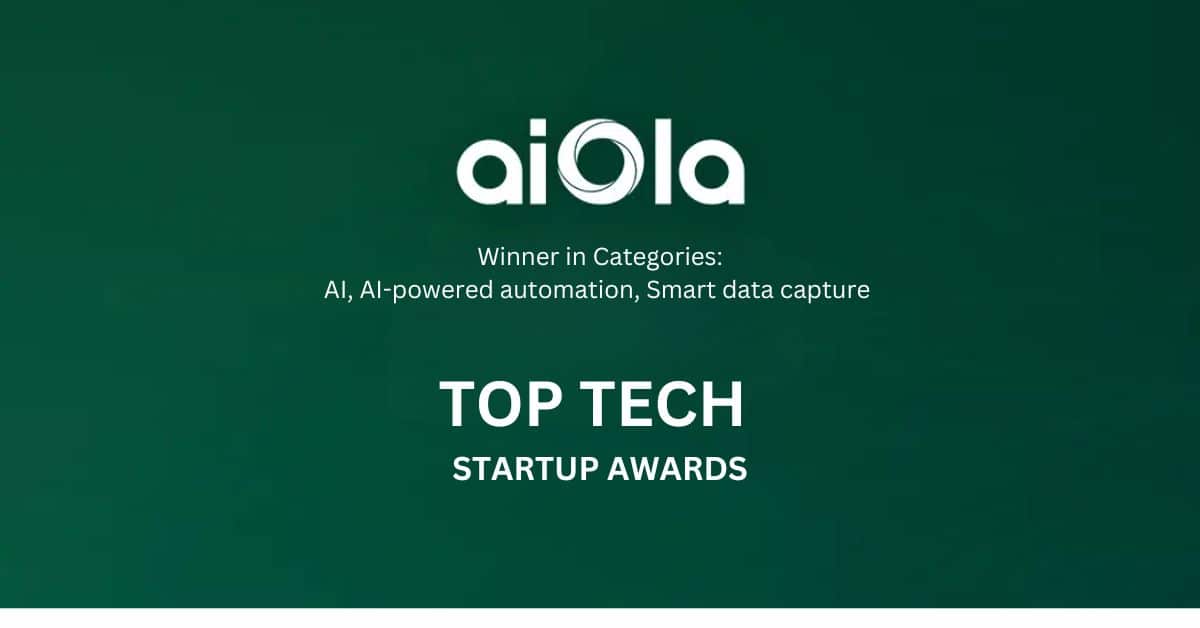You speak with your voice and use your voice to create speech, but speech and voice are not actually the same thing, right? The same can be said about speech recognition and voice recognition. The two terms are used interchangeably, but they are actually not synonymous. So, what’s the difference between speech recognition and voice recognition?
In this article, we will break down the terms, understand their key objectives, and see how each of them apply to their own respective use cases.
Understanding the Terms
We are going to get into the nitty gritty details of the difference between voice and speech recognition, but first let’s just consider the overall meaning of each:
What is speech recognition?
Also known as automatic speech recognition (ASR), speech recognition is technology that empowers computers to be able to convert spoken language into written text. In order to make this possible, computers leverage algorithms, artificial intelligence, and machine learning.
What is voice recognition?
Voice recognition, also called speaker recognition, is focused on voice authentication. This means that it’s centered on verifying the characteristics of one’s voice to identify who is talking, rather than what is being said.
Speech Recognition vs Voice Recognition – Key Differences
We’ve covered the objective of voice recognition vs. speech recognition, now let’s see what the different inputs and outputs are, their technological focus, applications, and more.
Output
Since speech recognition is about transcribing spoken words into written text, the output is written text. This written text can be used for analysis, data entry, and transcription.
Alternatively, voice recognition authenticates the validity of the speaker’s voice in order to execute an action or make a decision.
Technology Focus
Speech recognition works through natural language processing and artificial intelligence. The technology breaks down entire speech and audio recording into their individual sounds, inputs the sounds into an acoustic modeling algorithm, and then figures out which word is the most probable match to that sound.
Voice recognition also uses algorithms but different types, such as verification algorithms, signal processing, and feature extraction to determine who is speaking. It does so by focusing on features, like pitch, rhythm, and tone.

Use Cases
Speech recognition technology is massively transforming how we live and work. In professional and personal settings, people can use the technology to fulfill tasks, achieve accessibility, and get more done hands-free. For example, here are some popular applications of speech recognition software:
- Voice search: People can search the web on popular sites like Google using voice search. This can save time because talking is faster than typing, and also enables multitasking.
- Virtual assistants: Tools like Siri and Alexa use speech recognition software to provide virtual assistance to users. They can listen to a human speak to execute commands. In a workplace setting, speech AI solutions like aiOla can do the same thing, but with the unique difference of being able to understand business-specific jargon, in any accent, language, and acoustic environment.
- Accessibility: For anyone with an impairment, such as a visual or motor impairment which makes it hard to type or read on a screen, speech recognition software can fill in the gaps with voice-to-text.
Voice recognition systems are also relevant to daily life in multiple settings, including:
- Security systems: To add another layer of security, systems make use of voice recognition within the biometric systems for voice-activated passwords.
- Smart homes: Smart homes can incorporate voice recognition systems so that users can personalize and control their homes with their voice.
- Forensics: In investigations, voice recognition can analyze recorded voices to provide evidence in criminal cases.
Training
A major difference between speech recognition and voice recognition also involves how they are trained. For speech recognition systems, training often takes place before the solution goes into play as language models are used to set up the algorithms. That being said, they aren’t always accurate and need retraining to understand a unique language. One of the exceptions to this rule is aiOla’s novel approach for speech recognition, which does not require retraining to understand business jargon. It can adapt on the spot to any business’ needs.
Voice recognition system inherently depends on its user’s voice. This means that the person must use their voice to enroll in the system of choice. It is similar to how you use your face to enroll in face ID or fingerprint for fingerprint ID on hardware.
The Bottom Line
Now that we have covered the major difference between speech recognition and voice recognition, it should be simpler to decide which type of technology you need. Both technologies are becoming ubiquitous in public and private settings.
For businesses in particular, many companies are choosing to use speech recognition solutions like aiOla because it helps to improve productivity, streamline collaboration, increase safety, and gain access to usable insights.








